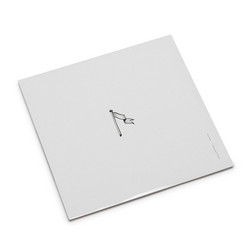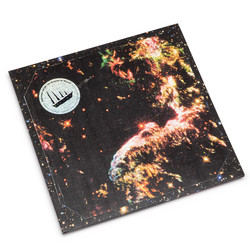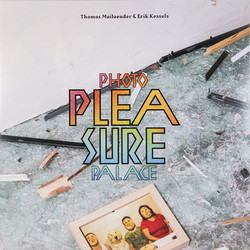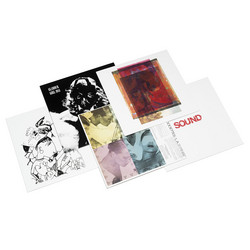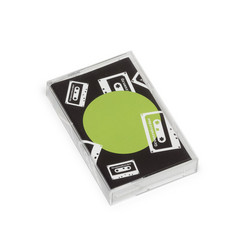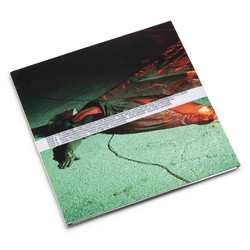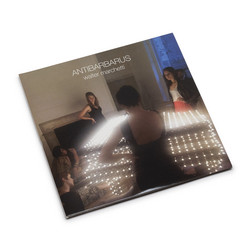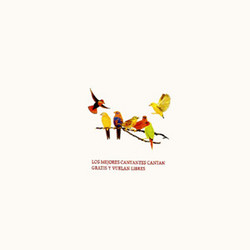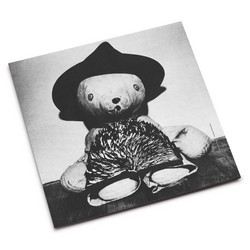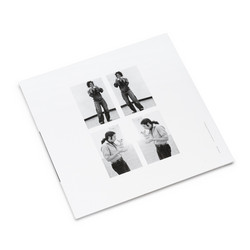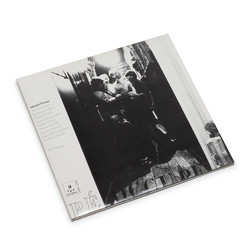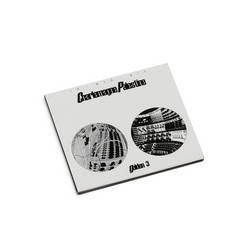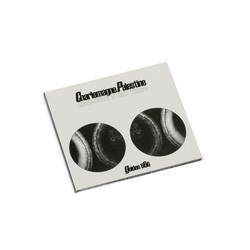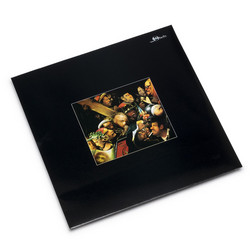Walter Marchetti
Nei Mari Del Sud. Musica In Secca
Walter Marchetti's Nei mari del Sud may be regarded as the 'epitome' work of all his recent musical output. Firstly for it represents the original re-elaboration of a former work achieved in 1982; secondly, the manipulation techniques here applied rise in the same principles formerly developed for recording the Antibarbarus set of pieces, a cycle to which the new work therefore refers in terms of an ideal continuity, though it preserves some peculiar characters strictly connected with the source of its basic music material. The former version of 'Nei mari del Sud' was originally conceived as an environmental music or, more properly, as a piece of 'acoustic theatre'; to accompany an installation staged on June 9, 1982, during the international contemporary music festival Musicalia at Teatro Carcano, Milan.
In this stage installation, Marchetti expanded for the first time on a larger scale the same figurative scheme that usually marks his major work in progress: a series of installations invariably entitled 'Musiche da camera,' where the 'icon' of a piano defines its role in a seemingly paradoxical context. In the scenery of 'Nei mari del Sud,' as shown in the photographic sequence reproduced on the CD fold-out, the black carcass of a grand piano appeared on the surface of a large expanse of sea, artificially re-created with a shapeless heap of bluish tissue-paper. In the background, the slow, progressive unsticking of the blue paper-curtain, accidentally caused by the floodlight's heat, configured the impeding threat of a gigantic wave on the point of completely submerging the scene. The acoustic décor projected for this installation invaded the whole stalls through twelve loudspeakers set in a semicircle in the rear of the audience. This equipment simultaneously played the tracks of six magnetic tapes, whose signals were displaced out-of-phase by inverting the two poles of each loudspeaker and by means of the reciprocal crossover of each mixed channel.
Perhaps, an even more calligraphic adherence to the same 'subject' inspired the version of 'Nei mari del Sud' now subtitled 'Musica in secca'. Not being possible to reproduce with absolute fidelity, in a studio recording, the acoustic design originally conceived for spreading the six sound sources in a theatre space, Marchetti chose to create, using the same material, a new work that could express the relationship with its archetype transposing the same 'icon'; on a more pregnant metaphorical axis. Answering to an always implicit exigency in Walter Marchetti' oeuvre and coherently investigated by the composer with more and more penetrating awareness -- the same processing techniques efficaciously employed in 'Antibarbarus' revealed themselves extremely suitable for raising to the highest degree the critical and metalinguistic reflection stated by this metaphorical axis. A piano englouti in the abysses of that process of reification in which the heritage of musical thinking is irrevocably sunk.
Finally, Walter Marchetti has touched the bottom of music. Presented on digipack compact disc, in a first pressing of 1000 copies, including a foldout with photo documentation, an essay by Gabriele Bonomo, a testimony by Robert Ashley and a poster







